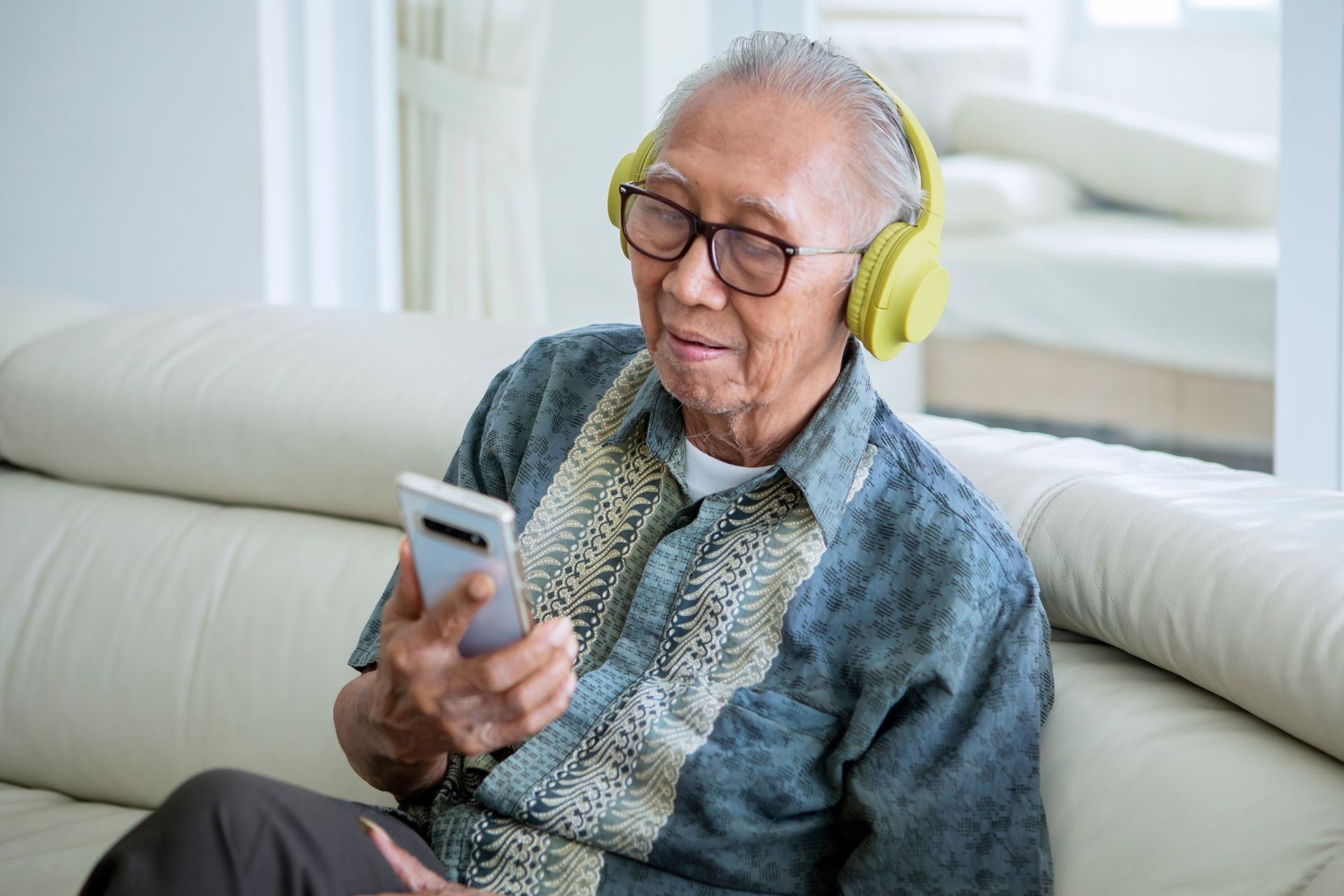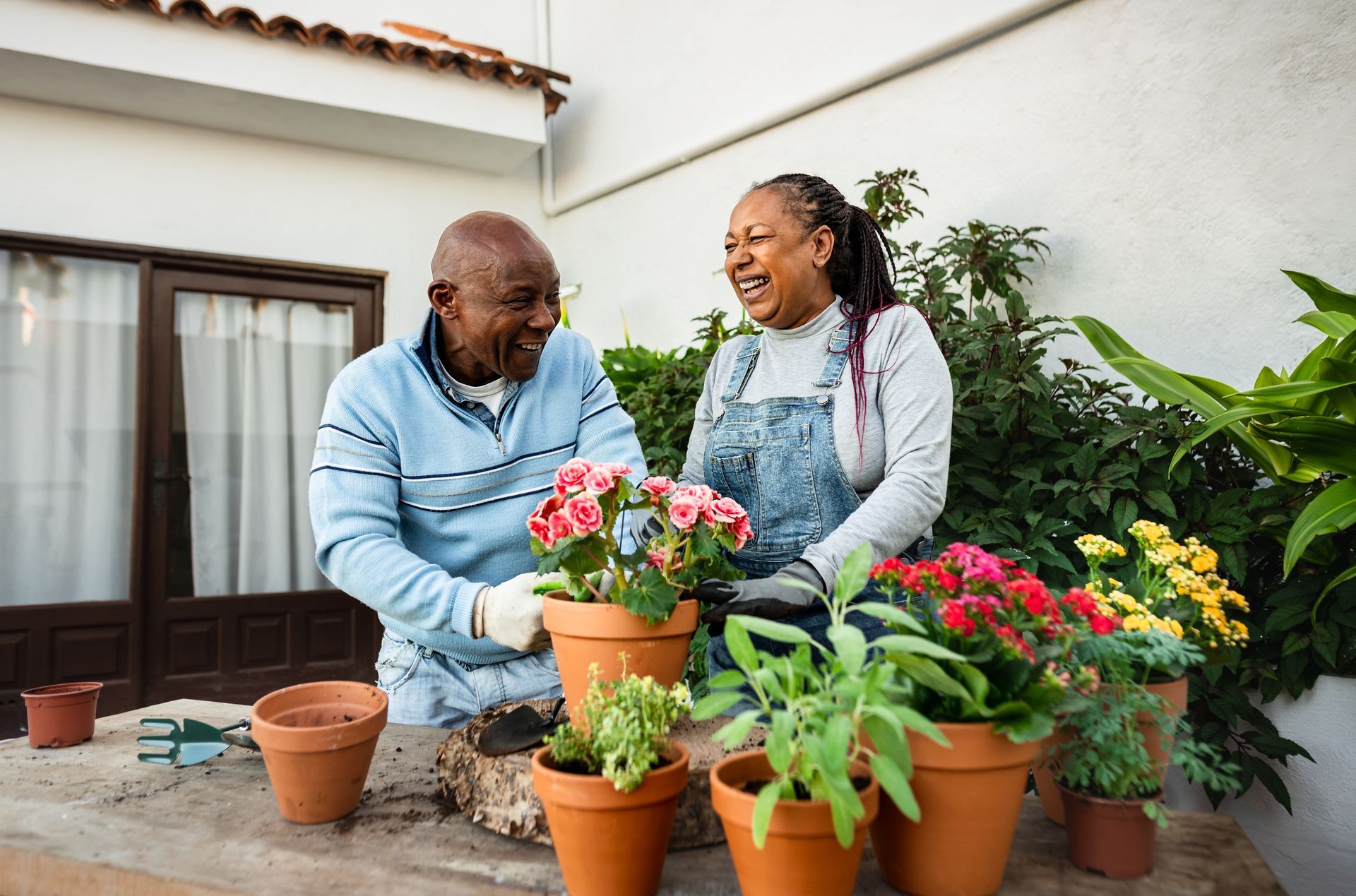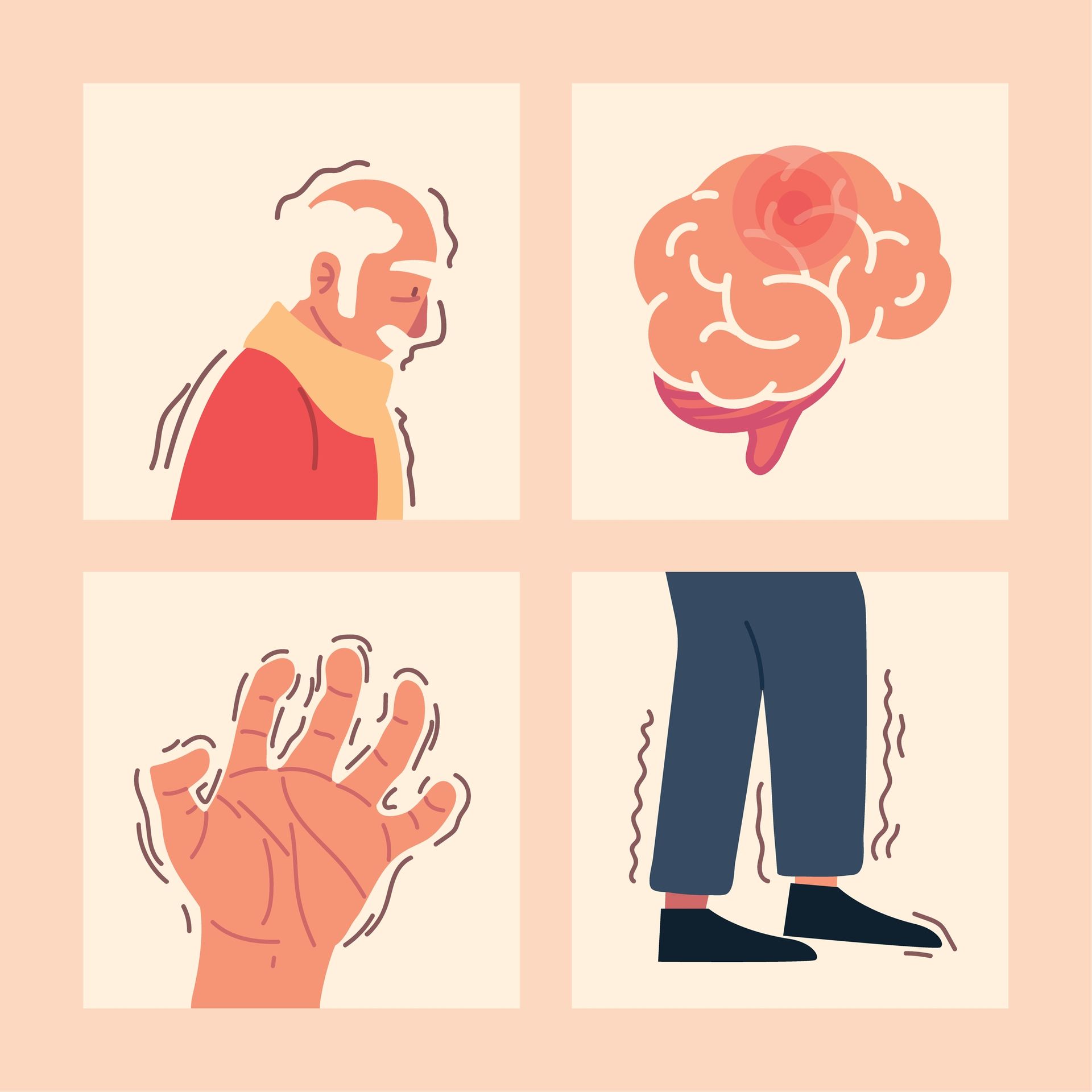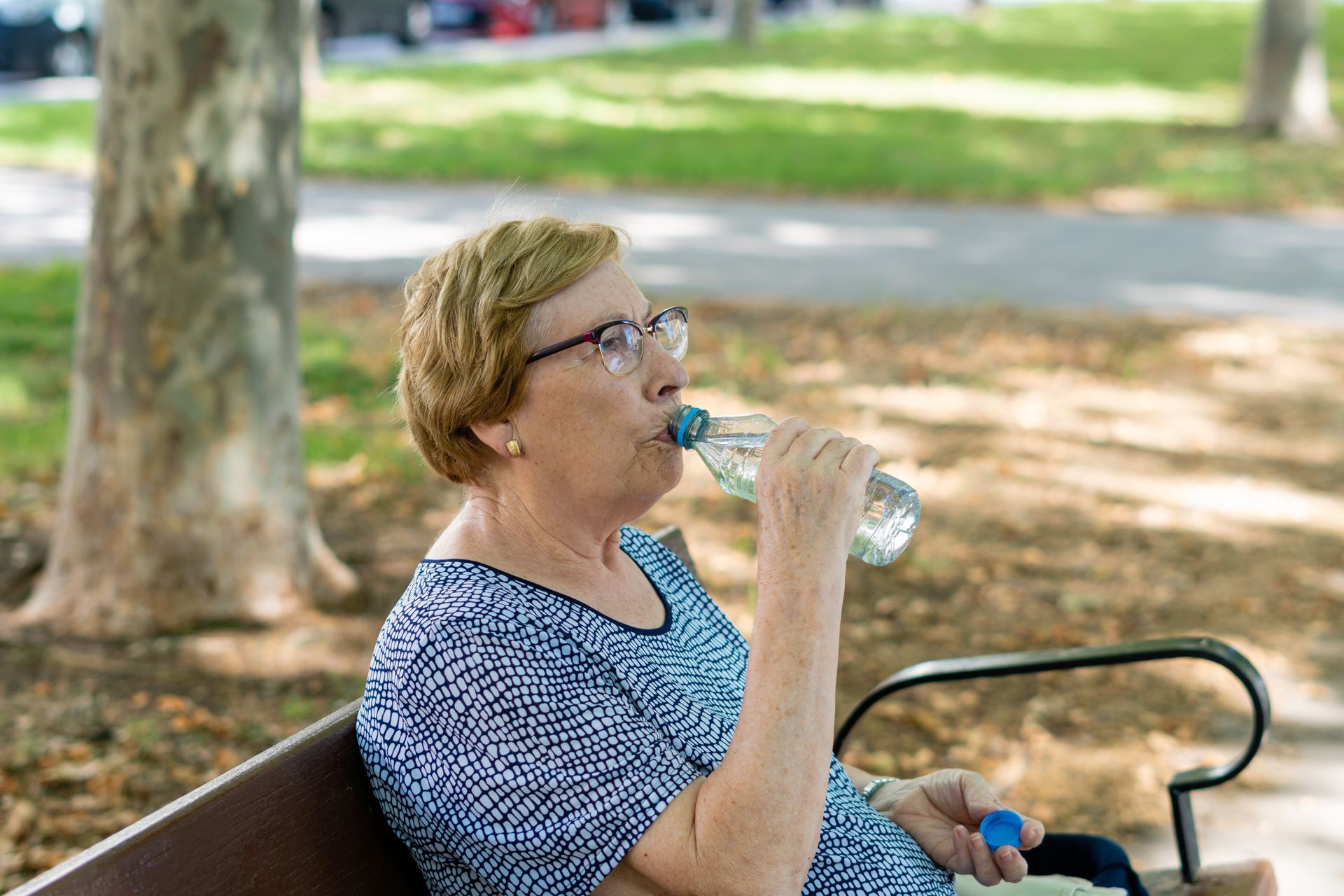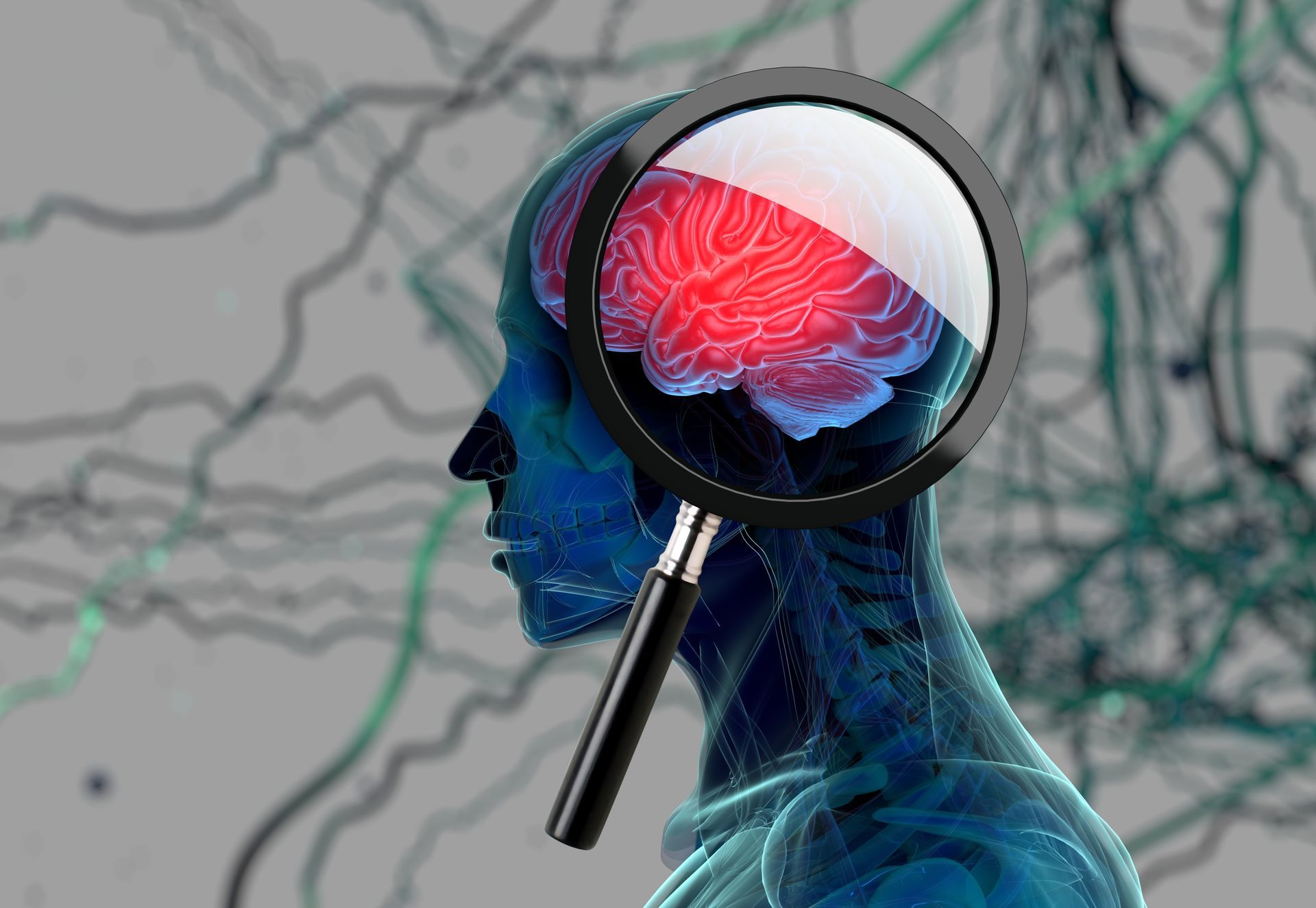BLOG
The Role of Music Therapy in Uplifting Spirits and Easing Anxiety for Seniors
Music has long been intertwined with human culture, serving as a source of comfort, joy, and expression. Music therapy offers more than mere entertainment for seniors, especially those residing in assisted living communities; it is pivotal in enhancing mental and emotional well-being. One significant benefit is its potential to alleviate anxiety for seniors, a common concern in this demographic. Understanding the multifaceted advantages of music is essential for caregivers and family members.
The Science Behind Music Therapy
Music therapy is a clinical intervention that utilizes music to address various health goals. For seniors, this therapy can significantly reduce anxiety levels. Engaging with music stimulates multiple brain regions, enhancing mood and cognitive functions. The rhythmic elements of music can synchronize with bodily functions, promoting relaxation.
Studies have shown that music therapy can elevate dopamine levels, improving mood and motivation. For instance, after her stroke, Joni Mitchell used music therapy to aid her recovery. This neurochemical response is particularly beneficial for seniors experiencing anxiety, as it fosters a sense of well-being.

Moreover, music therapy has been found to improve cognitive abilities, including processing speed and attention. Incorporating personalized music playlists has also been effective in managing seniors’ anxiety. Tailoring music to individual preferences can evoke positive memories and emotions, providing comfort and reducing stress.
Assisted living facilities that implement structured music therapy programs often observe significant improvements in residents' mental health. These programs address specific emotional and cognitive needs, offering a holistic approach to care. By integrating music therapy into standard care practices, facilities can enhance their residents' quality of life.
Music's Impact on Cognitive Functions
Engaging with music has a profound effect on cognitive functions in seniors. Listening to or performing music can enhance memory recall, attention span, and executive functions. These cognitive benefits are crucial in mitigating anxiety for seniors, as improved mental faculties contribute to a sense of autonomy and confidence.
Participating in musical activities, such as singing or playing instruments, requires coordination and memory, stimulating various brain regions. This stimulation promotes neuroplasticity, which is the brain's ability to adapt and form new neural connections. For seniors, this means maintaining cognitive functions longer, thereby reducing anxiety related to cognitive decline.
Furthermore, music's rhythmic and repetitive aspects can help develop routines that benefit cognitive health. Establishing structured musical sessions provides predictability, reducing anxiety stemming from uncertainty.
Assisted living communities incorporating regular music-based activities often observe enhanced cognitive engagement among residents.
These activities serve as mental exercises and offer enjoyment, thereby addressing both cognitive and emotional needs. By fostering an environment rich in musical engagement, facilities can support cognitive health and reduce anxiety for seniors.
Emotional Benefits of Music Therapy and Engagement
Music possesses the unique ability to evoke and regulate emotions, making it a powerful tool for enhancing emotional well-being in seniors. Listening to familiar tunes can trigger positive memories, provide comfort, and reduce feelings of anxiety. This emotional connection to music helps seniors navigate complex emotions, offering a sense of solace.
Engaging in music-related activities, such as singing or dancing, releases endorphins, the body's natural mood lifters. This biochemical response can alleviate symptoms of depression and anxiety for seniors, promoting a more positive outlook. The communal aspect of group music sessions also fosters a sense of belonging, addressing feelings of isolation.
Music's ability to distract from pain and discomfort further contributes to emotional well-being. By focusing attention on melodies and rhythms, seniors can experience relief from chronic pain, which often exacerbates anxiety. This distraction technique is a valuable component of holistic pain management strategies.
Moreover, music provides an outlet for self-expression, allowing seniors to convey emotions that may be difficult to articulate. This form of expression can lead to emotional release and processing, reducing internalized stress and anxiety. Creative involvement in music-making empowers seniors, enhancing self-esteem and emotional resilience.
Assisted living facilities that offer music therapy and related activities create environments where residents feel emotionally supported. These programs acknowledge the intrinsic link between music and emotion and utilize it to promote mental health. By prioritizing musical engagement, facilities can significantly improve their residents' emotional well-being.
Social Connectivity Through Music
Group music sessions create shared experiences that strengthen relationships among seniors. Singing or playing instruments together promotes teamwork, communication, and a sense of belonging. This social engagement is essential in assisted living communities, where isolation can be challenging. Music fosters a supportive environment that encourages interaction and emotional bonding.
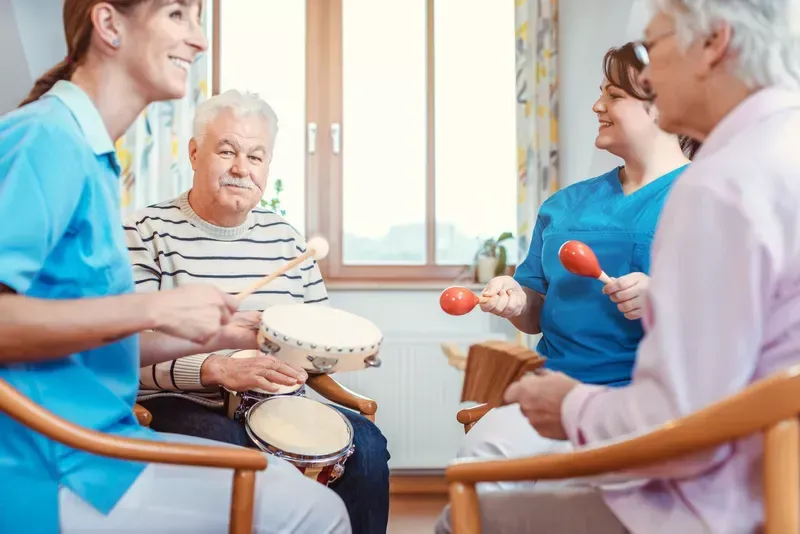
Additionally, music-based social events, such as concerts or dance nights, provide enjoyable opportunities for seniors to connect. These events offer structured interactions, reducing social anxiety and encouraging participation. Assisted living communities that incorporate music-centered activities enhance overall resident satisfaction.
Listening to music in a group setting also fosters shared memories and nostalgia. Seniors often bond over familiar songs from their youth, creating meaningful discussions and reminiscences. Assisted living staff can curate playlists based on generational favorites to facilitate engagement.
Intergenerational music programs further enhance social connections by bringing together seniors and younger generations. Singing with children or playing instruments with visiting volunteers fosters joy and mutual understanding. These interactions reduce loneliness and help seniors feel more connected to the broader community. Assisted living facilities that promote such initiatives create an inclusive and engaging environment.
Practical Ways to Incorporate Music into Senior Living
Implementing music therapy in assisted living facilities requires thoughtful planning and consistency. Creating personalized playlists tailored to residents' preferences can maximize therapeutic benefits. Staff can work with seniors and families to identify meaningful songs that evoke positive emotions. Personalized music engagement helps reduce stress and promote relaxation.
Live music performances also provide uplifting experiences for residents. Bringing in local musicians or organizing in-house concerts can create moments of joy and entertainment. Live music engages multiple senses, making it more impactful for seniors with cognitive decline. Facilities that regularly schedule performances enhance the overall resident experience.
Another practical approach is to encourage active participation in music-making. Seniors can join singing groups, learn simple instruments, or participate in drumming circles. Hands-on engagement strengthens cognitive functions and enhances emotional expression. Structured music programs ensure consistency in therapeutic benefits.
Technology can also enhance seniors' access to music. Smart speakers and streaming services allow residents to listen to their favorite songs independently. Assisted living facilities can provide easy-to-use devices and curated playlists to simplify access. Implementing technology-based music solutions supports individual autonomy and well-being.
Supporting Senior Well-Being Through Music
Music is a powerful tool for enhancing the mental and emotional well-being of seniors. It reduces anxiety, strengthens cognitive functions, and fosters social connections. Assisted living communities that integrate music therapy into their programs provide significant health benefits for residents. Facilities that prioritize music engagement can create an environment that supports overall well-being.
Assured Senior Living understands the importance of personalized care, including the role of music in mental health. To learn more about how they incorporate music and other therapeutic activities, visit Assured Senior Living today.
